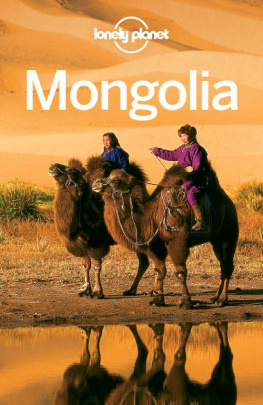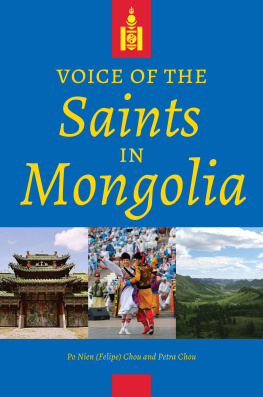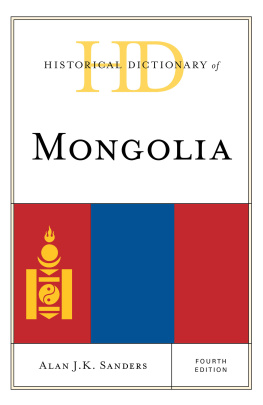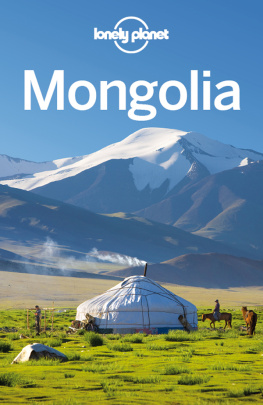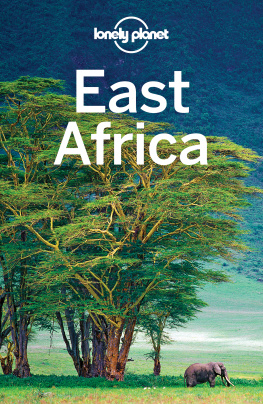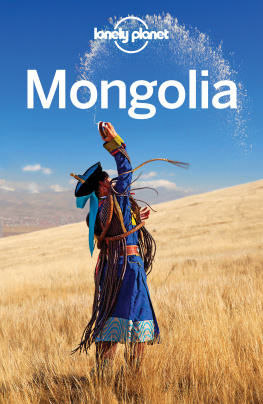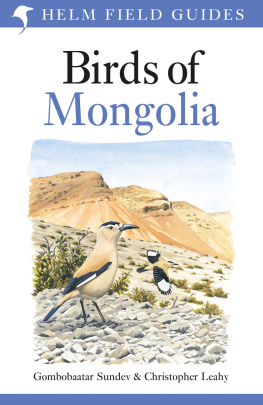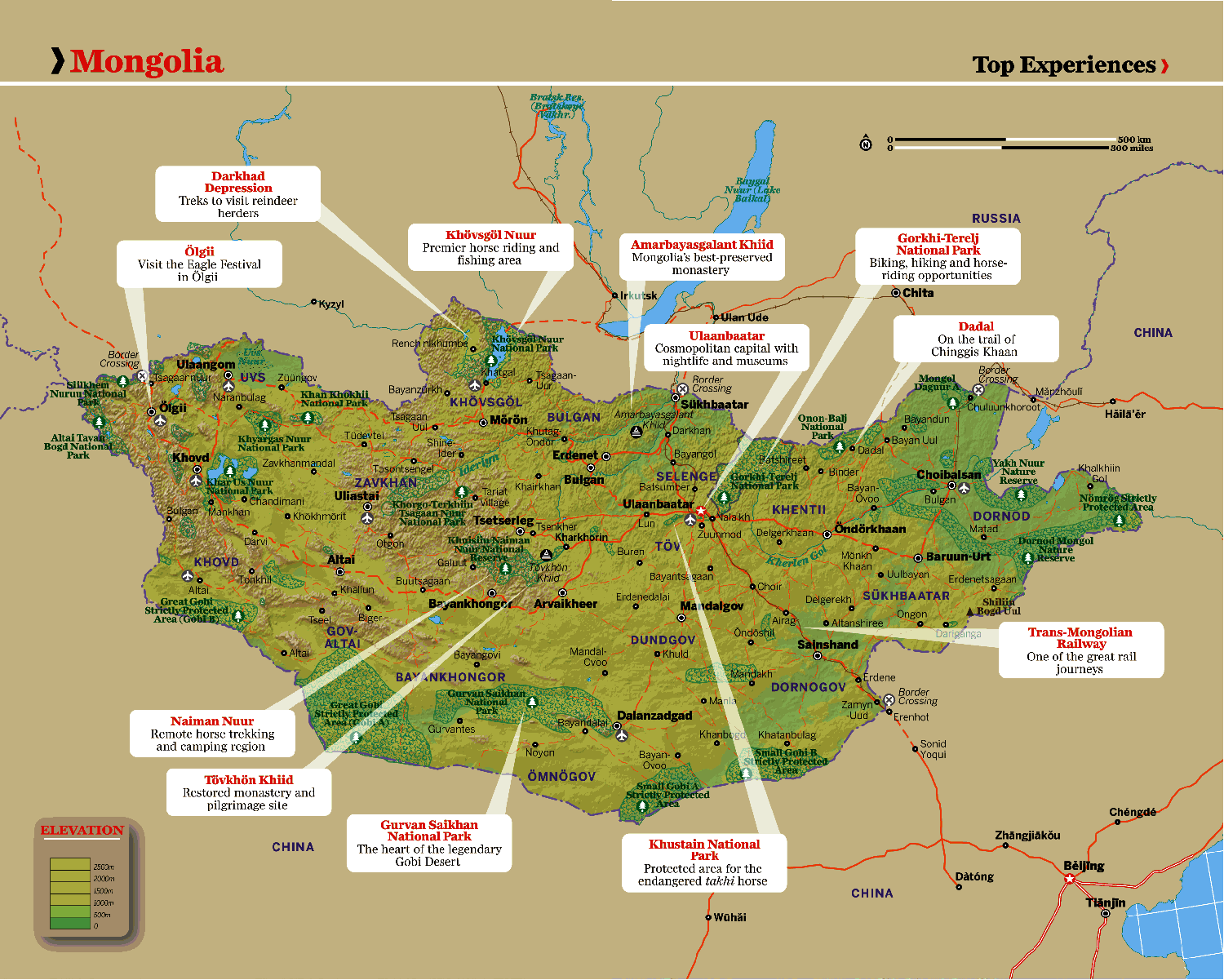GETTING THE MOST OUT OF LONELY PLANET MAPS
E-reader devices vary in their ability to show our maps. To get the most out of the maps in this guide, use the zoom function on your device. Or, visit http://media.lonelyplanet.com/ebookmaps and grab a PDF download or print out all the maps in this guide.
Welcome to Mongolia
Wild, untamed Mongolia is fabled for being remote from civilisation. But the reality is different. The capital, Ulaanbaatar, is awash with Hummers and wi-fi hotspots. Nomadic herders chat to each other on mobile phones and kids practice their break dance moves in the shadow of Chinggis Khaans statue.
Open for Business
For most of the 20th century, Mongolia was sealed off from the world; a place so distant and so exotic that the very name of the country became a byword for remoteness and isolation. Mongolia has spent the past 20 years fighting that stereotype, and for tourists, that means that Mongolia is now open for business. Visas are relatively easy to acquire compared to other Central Asian republics; a handful of nationals wont even require one. Mongolia appreciates that tourism is a key growth sector of its economy and is an important revenue earner for local communities. Its important to remember that despite the warm welcome you will receive, its not a pleasure cruise. Mongolia is still a poor country with rudimentary infrastructure and mostly basic facilities outside the capital.
Why Mongolia?
Mongolians know they live in a unique country. Ask anyone why it is so special and they will probably start gushing about the beautiful countryside, the vast steppes, rugged mountains, clear lakes, abundant wildlife and, of course, their animals. Its this true wilderness experience that many people find so appealing. But just as appealing is Mongolias nomadic culture, still going strong in the 21st century. The chance to sleep in a nomads ger, help herd the sheep, ride horses and milk a cow or two is the back to rural roots experience that many Westerners crave. Experiencing the Mongolian way of life is really only possible because of the tremendous hospitality that exists in Mongolia. In a world of walls, locks and fences, it can be tremendously refreshing to meet a people who are willing to open their doors to complete strangers.
Not Just Grass & Horses
There are few countries in the world with such a stark difference between the rural and urban populations. While nomadic Mongols live the simple life, their cousins in Ulaanbaatar are lurching headlong into the future. The capital is changing at a dizzying pace and many Mongolians have bought wholeheartedly into the global economy, capitalism and consumerism. If youve travelled elsewhere in Asia, this unbridled consumerism might not be anything new what sets Mongolia apart from its neighbours is its embrace of Western-style democracy. Despite leaving communism behind just 20 years ago, the country is often held up as a model emerging democratic state, which is nothing short of a miracle for a country surrounded by democracy-challenged countries like Russia, China and Kazakhstan. Mongolia is eager to be part of the global community; by visiting the country and sharing your experiences with locals, you are contributing in some way to the remarkable developments happening in this extraordinary land.
TOP experiences
Naadam Festival
Mongolians love their naadam ( ). With two or three days of serious wrestling action, awesome horse racing and dazzling archery, who wouldnt? While naadam literally means games, the celebration is much more than that. Its all about fun, getting together with friends and relatives, eating a lot of khuushuur (mutton pancakes) and emptying a vodka bottle or two. The most traditional festivals happen in small towns, where every member of the community is somehow involved. These village naadams are also super-photogenic youll snap more photos than you ever thought possible.
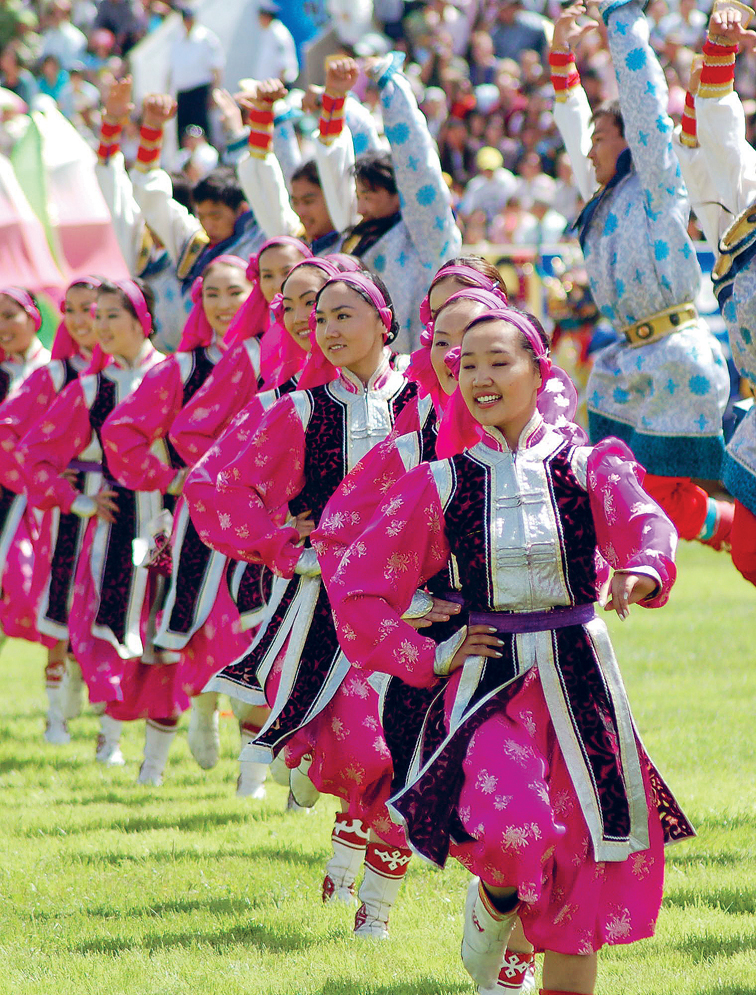
MICHAEL KOHN / LONELY PLANET IMAGES
Staying in a Ger
Of all the experiences you are likely to have in Mongolia, the most memorable will be your visits to gers ( ). From the outside, gers look like simple tents, but step inside and youll be surprised by the amount of furnishings and modern appliances a nomadic family can have. There are beds, tables, chairs, dressers, a stove and often a TV and radio. Visitors are always welcome inside a ger and you dont even need to knock (Mongolians never do). Instead, when approaching a ger, call out Nokhoi khor, which means Hold the dog.
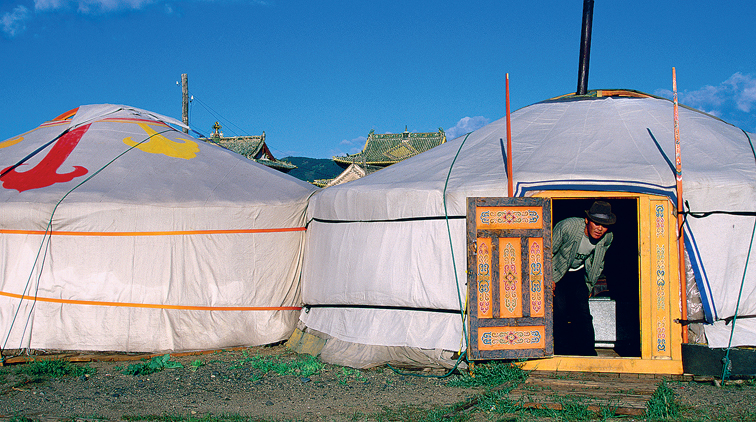
BILL WASSMAN / LONELY PLANET IMAGES
Horse Riding
Mongolians have been traversing their country on horseback for thousands of years. You should do the same. Short day rides are possible right around Ulaanbaatar ( ). It can take some getting used to the half-wild Mongolian horses. Fortunately, local guides know their animals well pay attention and follow their lead.
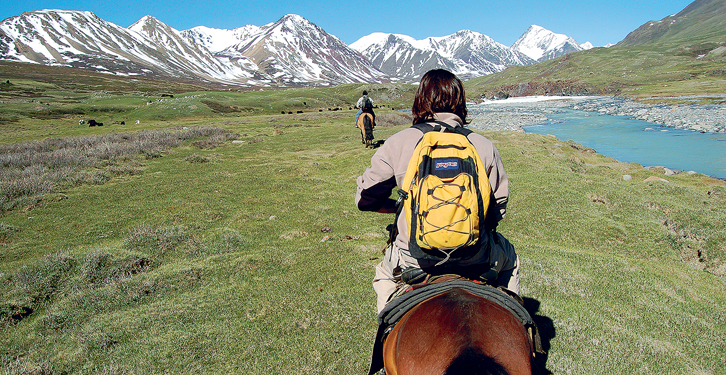
MICHAEL KOHN / LONELY PLANET IMAGES
Gobi Desert
The idea of going to the Gobi () towering sand dunes that whistle when raked by high winds.

TIM MAKINS / LONELY PLANET IMAGES
Wildlife Watching
Mongolia provides an ideal landscape for watching wildlife ( ), home to takhi (wild horses). And no matter where you travel, there are enormous birds circling overhead.
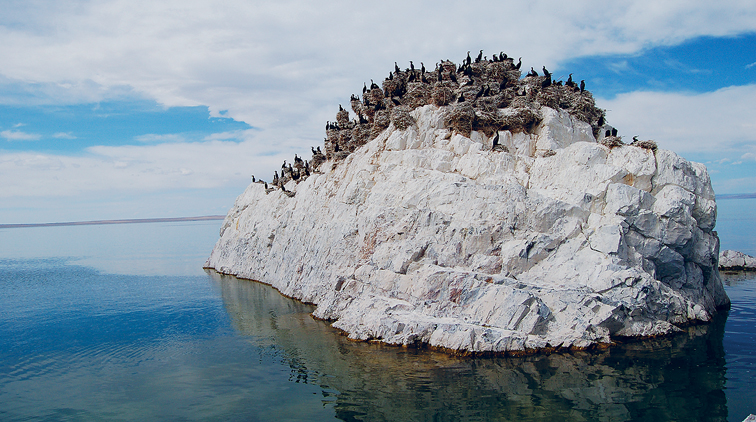
MICHAEL KOHN / LONELY PLANET IMAGES
Roosting cormorants, Khetsuu Khad (), Khyargas Nuur National Park
Mongolian Hospitality
It may sound clichd, but the truth is that you wont find a more hospitable people than the Mongols. Stop for directions at a ger and soon bowls of sweets appear, then cups of tea, then possibly lunch and even a bed if youre in need of a nap. Camp by a group of nomads and chances are youll get a visit by children bearing fresh milk and cheese. Its all part of a time-honoured tradition, allowing for the mutual survival of Mongolians themselves as they travel across their vast nation.
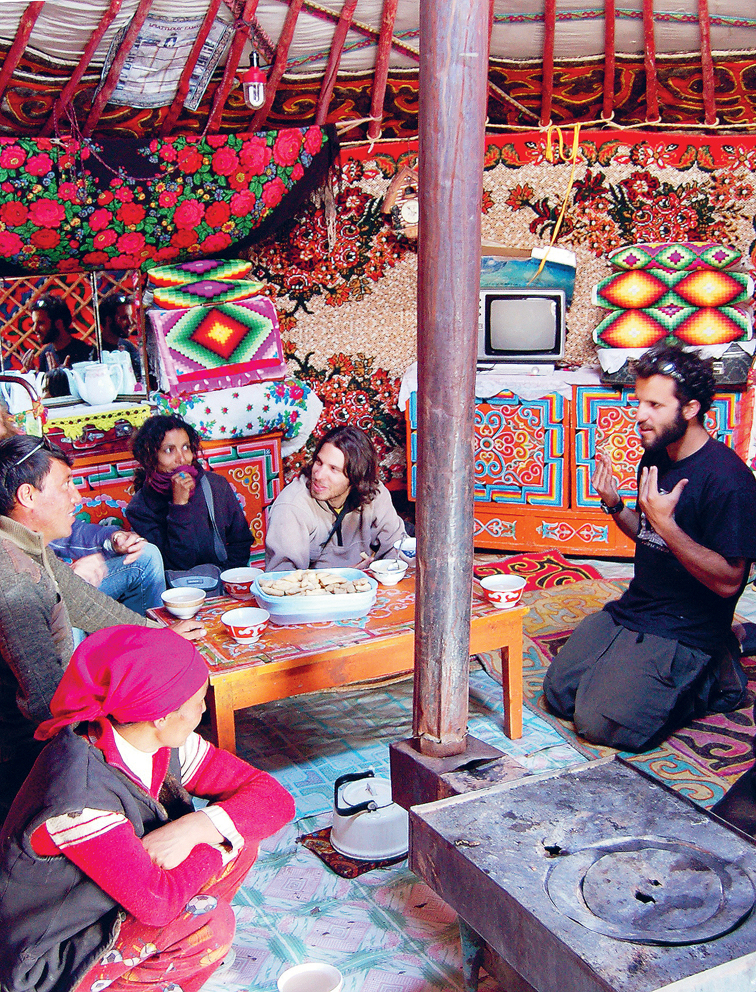
MICHAEL KOHN / LONELY PLANET IMAGES
Hiking
With its rugged mountains, serene river valleys and fields of wildflowers, the Mongolian backcountry is begging to be explored on foot. Hiking () is a new activity in Mongolia, but with some improvisation, its certainly possible. Although there are no warming huts and few marked trails, youll find shelter in gers and encounter locals who are more than willing to show you the way. There are no sherpas, but a pack horse (or yak) will do nicely. Good maps, a sturdy tent and a sense of adventure will help see you through.

